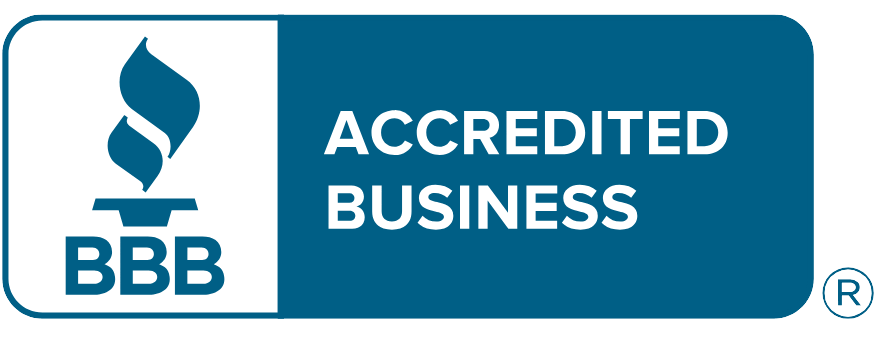
There really isn’t any one-size-fits-all answer to the question of how much insulation you need in your home. As a rule of thumb however, it centers around the climate in your area and the cost of energy which supplies your home. Since insulation retains warmth or heat which can add to the comfort of all occupants in the home, and can help keep your utility bills lower, it’s certainly worth maintaining the proper level of insulation.
If you really want to be sure about having the proper levels of insulation at your home in Surprise, Phoenix, Sun City, Scottsdale, Peoria, or Glendale, you can simply call the experts at Cool Blew Inc. and have the heating and cooling professionals determine all that for you. And if you are the do-it-yourselfer type, you can use the information below to help you figure out how much insulation your home needs to be well protected.
DOE recommendation
The Department of Energy has issued a chart which recommends the proper levels of insulation for each of the geographic areas of the United States, and the climates which can be expected there. These recommendations are made in the form of R-values, which are measures of the effectiveness of any insulating material for its resistance to transferal of heat.
As R-values go higher, so does the insulating material’s ability to resist heat transfer, which makes the higher R-values more desirable in terms of insulating effectiveness. This chart depicts various areas of the home and the appropriate levels of insulation for each, for instance floor insulation, attics, and rooms with cathedral ceilings. It also shows how each of these should be insulated in the various climatic zones across the country. If you don’t want to bother calculating or using the chart, simply insulate to R-60, which is a high level that you can’t go wrong with at any location.
Attic insulation
If you’re using blanket-type insulation rolls, they should be at least 12 inches thick in your attic, although 15 or 20 inches would be even better. Anything less than 12 inches means that you’re probably letting warm or cool air escape, and wasting money on your energy bills. For do-it-yourselfers, this is one of the most cost-effective projects you can undertake in the home, and it’s well worth the cost of whatever insulating materials you use.
Wall insulation
Without a doubt, wall insulation should be as thick as you can possibly make it, and there’s really no way you can overstuff the insulation between walls. It should also go literally from floor to ceiling, with no missing areas or gaps in the wall coverage. If this is a project you’re doing yourself, make sure to wrap the insulation snugly around the ductwork, all plumbing fixtures and piping, the electrical boxes, and all wiring or cabling which runs through the walls.





